That is what they were called in towns and cities in Spain – the main plaza or town square, which served as the center of civic life, around which were ranged the important civic buildings, the biggest church; this the regular market place, the assembly area for every kind of public spectacle imaginable over the centuries. Every plaza mayor in every Spanish town is alike and yet different; different in size and shape, and in the confirmation of the buildings around it. Some are bare and paved in cobbles, and some have trees and gardens in them now. This custom carried over into the New World, and San Antonio is no exception. The town as originally laid out early in the 18th century was more or less in the shape of a cross, outlined by four intersecting streets, incorporating a large square with the church (later cathedral) of San Fernando in the center of it. This essentially split the plaza into equal halves – Main and Military plazas. The oldest streets in town – Soledad and Lasoya, Navarro, Dolorosa and the road which led out past the mission across the river, the Alameda – now East Commerce – are the heart of historic San Antonio. Well, that and the old mission, out at the then-edge of town and over a loop of the San Antonio River. The house belonging to the commander of the Spanish presidio’s garrison – which may have been the largest of the early dwellings – occupied part of the western boundary of Military Plaza. Late in the 19th century, San Antonio’s city hall would take up much of the center, where once soldiers had drilled, and General Lopez de Santa Anna’s soldiers had bivouacked. The Bexar county courthouse would take up another side of Main Plaza – but not until the Plaza had been the center of life for San Antonio de Bexar for more than a century.
It is a curiously restful place, these days, considering that invading and resident armies fought over San Antonio and around the Plaza several times. A momentous peace treaty between the residents of Spanish Texas and the eastern Apache was marked by a formal (and one assumes eventually rather raucous) ceremony in the Plaza involving the ritual burial of weapons of war … including a live horse, while the Apaches and the Bexarenos danced in celebratory circles. The catastrophic failure of 1842 peace negotiations with the Comanche at the Council House – a civic building on the Plaza set aside for that sort of thing – led to a running bloody fight in the streets and gardens of San Antonio and more than three decades of bitter warfare with the Comanche. The first stagecoach to arrive from the east stopped in the Plaza – the first commercial hotel was there. At the very beginning of the Civil War, according to some stories, a senior U.S. Army officer commanding the Department of Texas was unceremoniously hustled from his residence on the Plaza by Confederate sympathizers, taken to the edge of town and told in no uncertain terms to leave at once. As the story has it, the officer had voiced it as his opinion that assisting in a Texas withdrawal from the Union would betray the principles of the Founding Fathers. In a private letter, the officer had condemned the so-called Cotton States for a selfish and dictatorial bearing, and for wanting to re-establish the commerce in slaves from Africa. Kidnapped or not, Colonel Robert E. Lee went to spend some quiet quality time at the cavalry post at Fort Mason, before returning back East and withdrawing his services from the U.S. Army upon the secession of his home state of Virginia from the Union.
Everything happening in San Antonio until the arrival of the railway tended to happen in the Plaza Mayor; a lively and eccentric community split into three different ethnicities by the mid-19th century, as Frederick Law Olmsted realized during his visit to Texas in the mid-1850s.
One of the local peculiarities which Olmsted and other visitors noted were the numbers of open-air restaurants – moveable feasts in various public squares, beginning with the most august of them – the ancient Military Plaza – local cooks, most but not all Hispanic – set up tables and benches, and cook-kettles full of chili simmering over mesquite-wood fires. Local musicians played – often hired by the proprietresses to entice patrons … as if the taste of peppery meat and bean stew for hungry patrons wasn’t enough. The picturesque spectacle of the ‘Chili Queens’ tables – as they would come to be known – enchanted locals and travelers well into the 20th century. Imagine – good, simple – and tasty food – all eaten in the open air. The after-sundown breeze rustles the leaves of the trees fringing the swift-flowing San Antonio River, oil and kerosene lanterns flicker, the musicians play, while stars sparkle in the sky overhead and the evening business of certain establishments spill out into the relative cool of a South Texas evening …yes – that would be a draw, especially to people accustomed to cooler and less highly-spiced localities. The popularity of things like canned chili and specialty chili seasonings came about when an enterprising cook and owner of a saloon and beer garden in New Braunfels – Willie Gebhardt – developed a process for making and packaging a dried seasoning powder – chili powder. Up until then, the chili had been a local and seasonal specialty, but Gebhardt’s process, which preserved the flavor of the chili peppers, and which he sold himself from the back of a wagon, grew into a million-dollar business and inadvertently popularized Mexican food … including chili … when his company published a small cookbook instructing cooks who were unfamiliar with Tex-Mex cuisine in how to use his product.
From civic architecture – to chili powder; how eccentric is that?

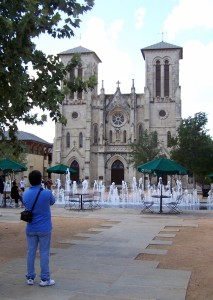

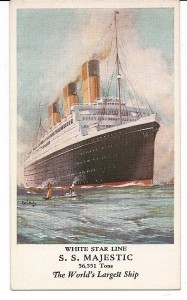
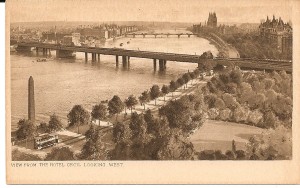
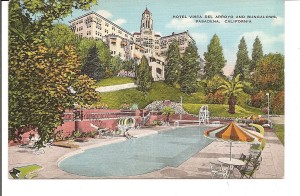
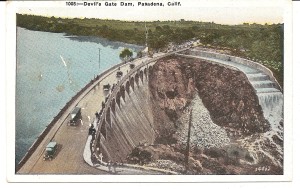
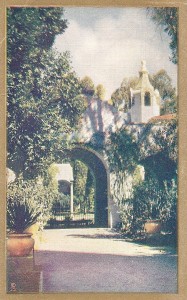
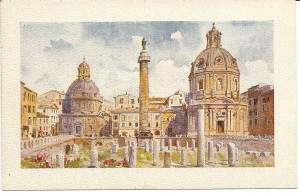
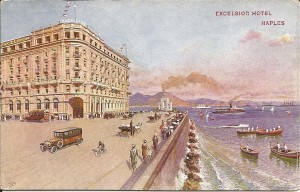
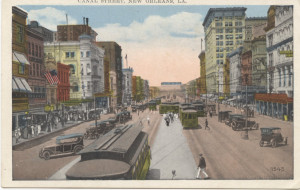

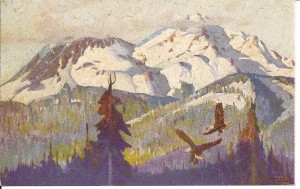
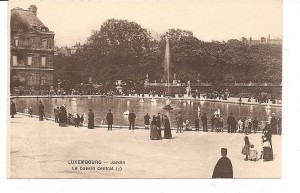
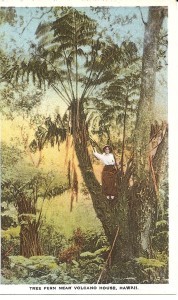
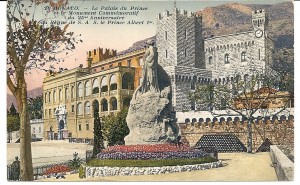
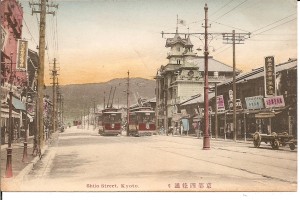
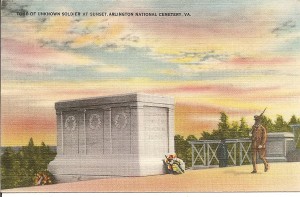
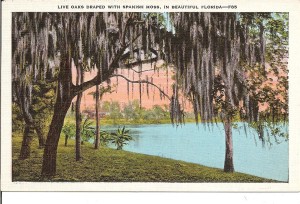
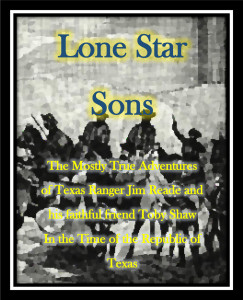
Recent Comments